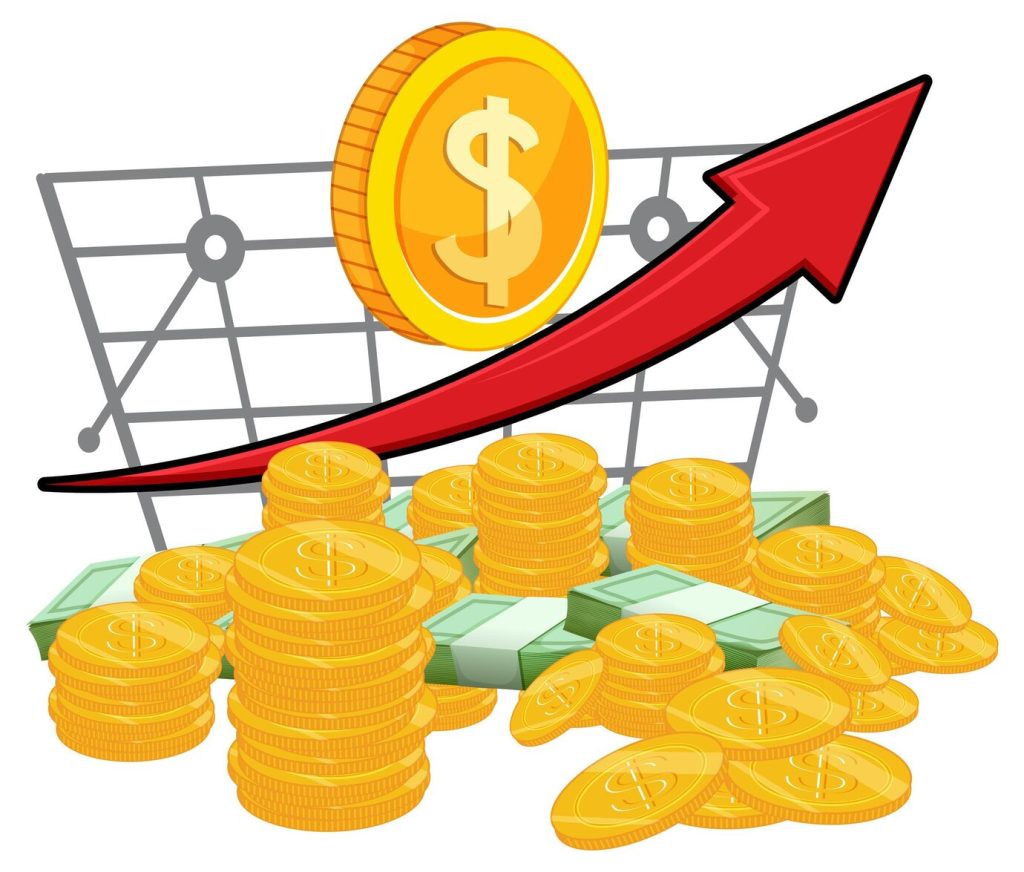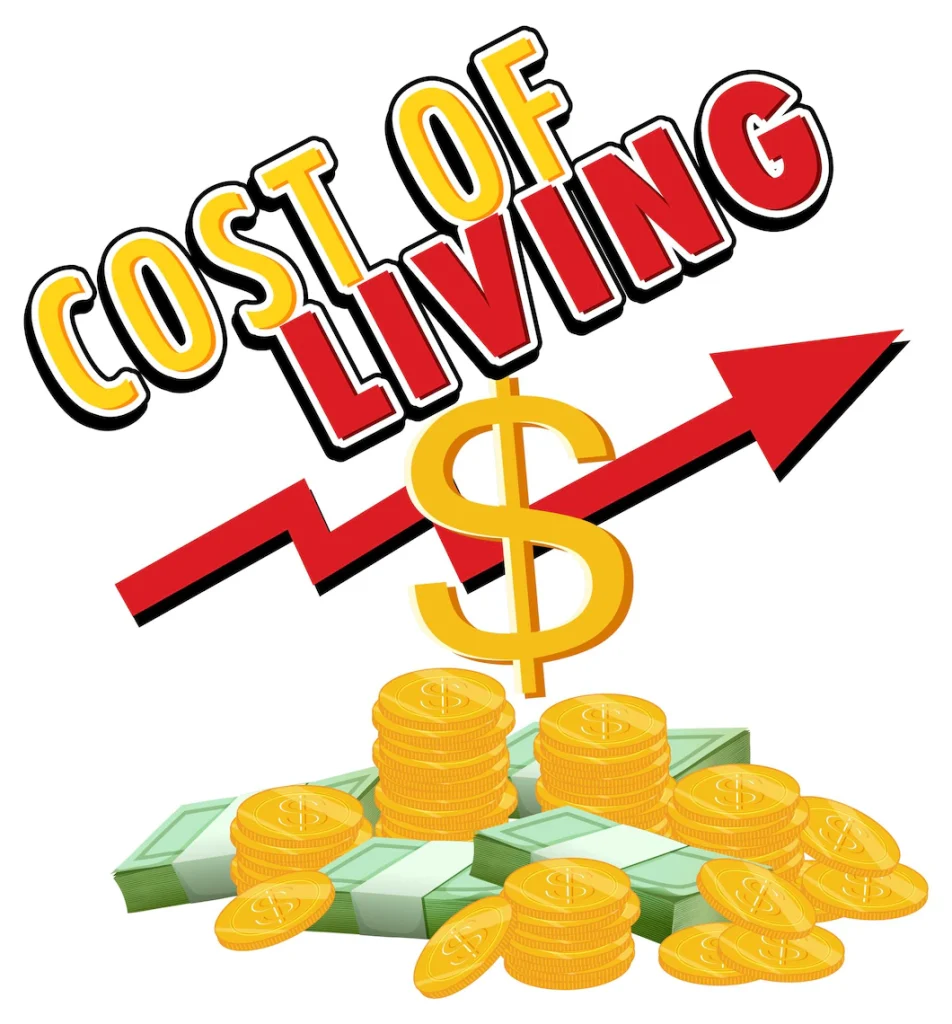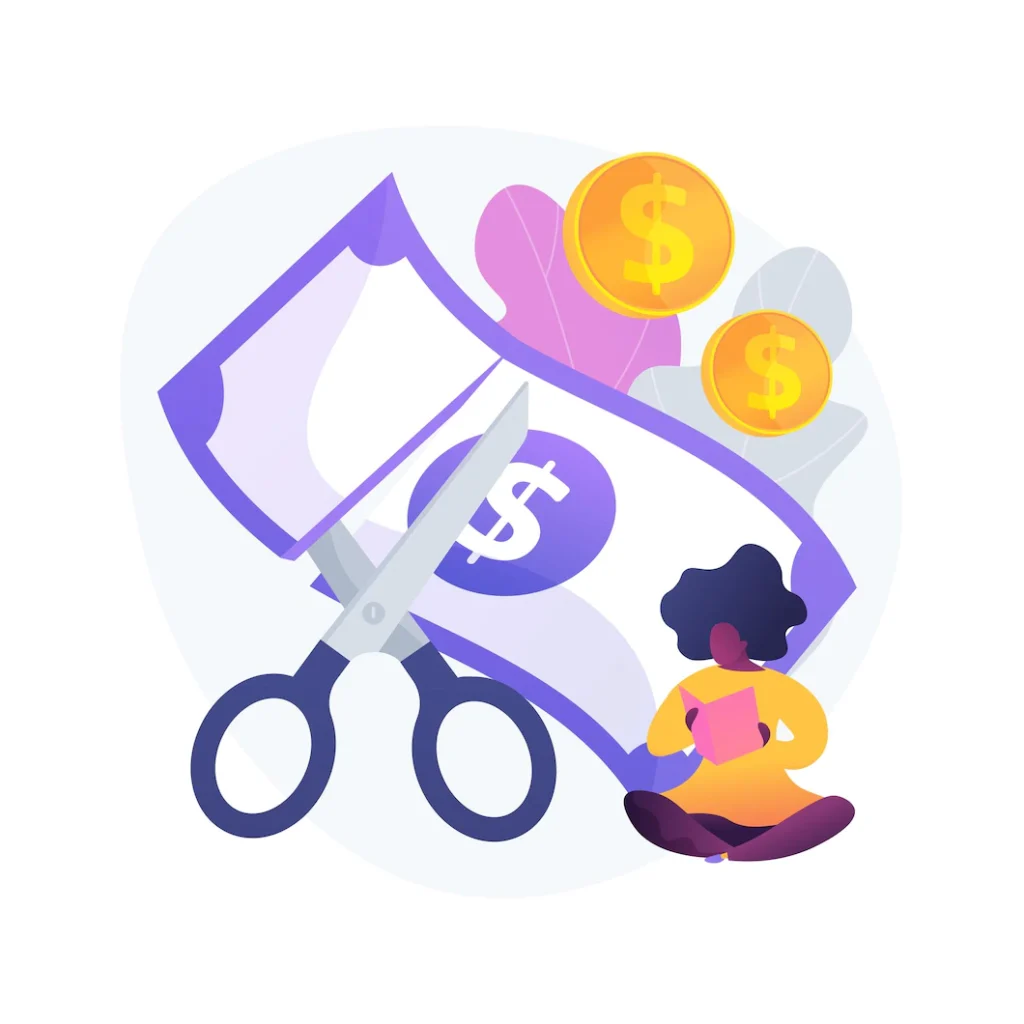THE USA: INFLATION, EMPLOYMENT AND INTEREST RATES
 23 August, 2022
23 August, 2022The good report on employment turns into bad news.
Two weeks ago, many articles about America’s recession appeared on Bloomberg, the Wall Street Journal, or CNBC after the data showed that the US had negative GDP growth for the second consecutive quarter. Financial markets rallied again and had one of the best weeks of gains since 2020. Then suddenly came a “couldn’t be better” employment report with nearly 530,000 new jobs created in July, the US unemployment rate fell to the lowest since 1969. Many economists as well as the President Fed believe the economy can’t be in a recession with these job numbers.
These employment figures help explain a number of issues, but it also brings new controversies. First, it puts an end to the debate about whether the US economy is already in recession since people can see it is just slowing down. Second, it brings speculation about whether the US will soon have to pump money out or cut interest rates in 2023 because the economy is tougher than expected to end due to the good job market.

On Bloomberg Markets and Finance, expert Mohamed El Erian implied that Fed was wrong again because he was too slow to react to inflation and now he will have to “break the economy” to control inflation as Fed’s monetary policy can move towards “neutral”.
At this point, the “hawks” will be able to speak again, the Fed’s 2022 rate peak forecast will be broken, while there could still be another rate hike in December. This explains the financial market’s decline again after a very good jobs report.
Is it fundamentally breaking the economy to fight inflation?
The problem of inflation this time is largely derived from supply shocks due to many causes, partly owing to the Russia-Ukraine war, Western countries sanctioning Russia and China’s zero Covid policy slowing down the global supply chain.

There were a few more positive signals from the supply, including a significant drop in oil prices, a continued decline in transportation costs, a fell in the Drewry index and the FAO Food Index. In general, the signal that inflation is about to peak globally is quite clear when the sources of price increase are turning to decrease.
Another thing to note is that the strength of the service sector is likely to slow down again in the coming months, and wage growth will slow when the impact of the first holiday after the Covid-19 epidemic is over.

In other words, the pressure on US interest rates may not be as scary as it is being said. After two months, it was not necessarily good news that the US interest rate hike was slowing down, because it could mean a slowdown in the global economy. The recession story could then be raised again.

 About us
About us  Why us
Why us  Information Services
Information Services  Trading Products
Trading Products  Trading Accounts
Trading Accounts  Trading Platform
Trading Platform  Education
Education  Contact us
Contact us  FAQs
FAQs





